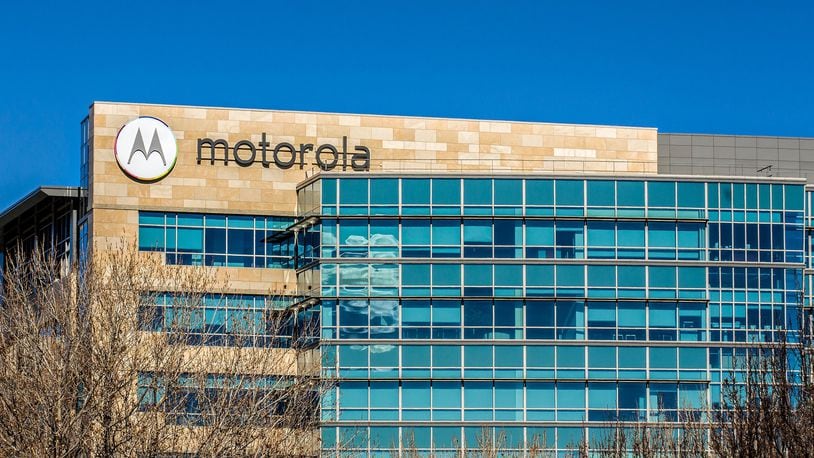The auto industry’s reshaping of the American South over the past three decades speaks to the power of multibillion-dollar investments by big corporations supported by substantial public incentives.
With the influx of carmakers such as Toyota, BMW, Honda and Mercedes-Benz, more than 70,000 people now work at vehicle manufacturing plants in six states that form the heart of Southern automaking _ Kentucky, Tennessee, Mississippi, Alabama, Georgia and South Carolina. Twice that number work at parts factories.
In places such as Madison County, Miss., (home to a large Nissan assembly plant), Tuscaloosa County, Ala., (Mercedes) and Scott County, Ky., (Toyota), manufacturing pay is well above the statewide averages — and outstrips the Wisconsin average, too.
“It’s huge,” Mike Randle, owner of Southern Business & Development magazine and a longtime industry observer, said of automaking’s impact on the region. “It’s by far the largest industry in the South. … It’s led all manufacturing, all services, in projects of 200 jobs or more for 22 out of the last 23 years.”
It’s the kind of payoff envisioned by some here as Wisconsin moves toward a deal with Foxconn Technology Group that could see the state put up to $3 billion toward the Taiwan-based firm’s plans for a $10 billion liquid crystal display panel factory employing as many as 13,000 people.
But should Wisconsin want a reminder that big corporate investments are no guarantee of rising regional prosperity, it needn’t look far.
Four miles over the state line, on a gentle rise overlooking miles of surrounding farmland, stands a monument to hopeful plans gone wrong.
At 1.5 million square feet set amid more than 300 acres of landscaped prairie, ponds, roadways and parking lots built to accommodate thousands of cars, the cellphone manufacturing complex Motorola Inc. opened in 1996 dwarfs anything else in Harvard, Ill.
As many as 5,000 people worked at the plant _ far more than at any other employer in Harvard.
But those jobs were short-lived. By 2003, not quite seven years after it opened to great fanfare _ “a smashing win for Illinois,” the Chicago Tribune had said _ Motorola shut the place down.
It has stood vacant ever since. For a couple of years under one subsequent owner, property taxes went unpaid; the heat, lights and water were turned off; weeds rose 4 to 5 feet high; and old tires were being illegally dumped on the grounds.
“People were expecting big things out of that plant,” said Terrence Bellon, a 63-year-old computer programmer who moved to Harvard not long before Illinois, offering some $30 million in incentives, beat Wisconsin’s bid for Motorola.
“And they never did materialize.”
When Motorola announced in early 1994 that it would build a new cellphone factory in Harvard _ its main plant was about 40 miles away, in Libertyville, Ill. _ the company was riding high.
Sales in 1993 had hit $17 billion, up 28 percent from the year before. Profits totaled $1.02 billion.
The company was an innovator, too. During 1993 alone, it was granted 841 U.S. patents and spent $1.5 billion on research and development.
The division that included cellphones was doing even better than Motorola as a whole. In 1993, the segment’s sales rose 43 percent, to $5.2 billion. In 1994, they shot up another 64 percent, to $8.6 billion.
“To meet rapidly increasing demand, the Cellular Subscriber Group began construction of a new manufacturing, engineering and administrative facility in Harvard, Ill.,” the company said in its annual report to securities regulators for 1994.
But the demand shrank almost as rapidly as it grew.
Not long after the Harvard plant opened, the cellphone industry began to upgrade to digital technology, which provided clearer calls, greater network capacity and other enhancements. Harvard, though, still made analog phones, and they were on the road to obsolescence.
The factory was, too. Motorola got jolted sharply as the economy slid into recession in 2001, and the firm launched aggressive cost-cutting efforts. Among the moves: ceasing production at Harvard and halting all analog phone sales, which, Motorola said in a securities filing, “had been rapidly declining over the years.”
The decision eliminated 2,500 jobs _ half of Harvard’s total. Engineers, marketers, distribution workers and others remained, but not for long. In the spring of 2003, Motorola closed the entire plant.
The complex went through a succession of owners and proposals for reuse, including one that called for turning it into a resort and entertainment center with the world’s largest indoor water park.
That never happened. Nor did proposals to use the campus _ with its 500,000 square feet of office space, nine elevators, 1,100-seat cafeteria, 500-seat auditorium and two heliports _ for such things as a prison, a college, a veterans assistance center or for new manufacturing.
“It’s a crying shame that that building hasn’t been used for something,” lifelong Harvard resident Richard Peterson, 60, said. “… It just seems like such a waste.”
About the Author
